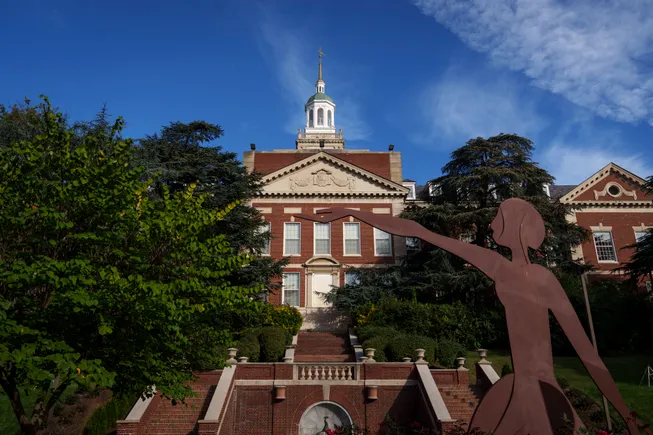The American Council on Education and the Carnegie Foundation for the Advancement of Teaching on Thursday released updates to the Carnegie Classifications, including a redesigned system to describe institutions and a new category to identify colleges that boost student access and earnings.
For the system’s basic classifications, colleges were previously grouped together based on the highest degree they awarded — a method that “fell short of adequately describing the full scope of activity on campuses across the country,” according to the announcement.
The basic classifications — renamed the institutional classifications — now group colleges together based on multiple characteristics, such as their size, the types of degrees they confer, and the fields of study they offer. For instance, the classifications will distinguish between institutions mostly focused on graduate education and those that offer a mix of bachelor’s, master’s and doctoral degrees.
Colleges will also be grouped together by size: Those with under 4,000 students will be classified as small, those with over 20,000 students will be considered large, and those in between will be considered medium. Additionally, colleges will be grouped together by their academic program mix, such as whether they primarily award pre-professional degrees.
The updated list has been highly anticipated ever since ACE and the Carnegie Foundation announced they were overhauling the Carnegie Classifications in 2023 to better reflect the diversity of college missions.
“With this redesign of the Carnegie Classifications, we set out to measure what matters,” Mushtaq Gunja, executive director of the Carnegie Classification systems and senior vice
president at ACE, said in a statement. “Nowadays, institutions can’t be reduced down to the highest degree they award because they exist to serve a wide range of students in a wide variety of ways.”
The system also debuted its new Student Access and Earnings Classification. This designation seeks to measure whether colleges are enrolling students reflective of the regions they serve and how well they are preparing them for the job market.
To calculate this, it examines the share of undergraduates receiving Pell Grants and those from underrepresented racial and ethnic backgrounds, along with alumni earnings eight years after enrollment. Researchers then compare these metrics to the demographics of the regions colleges serve.
This classification groups colleges based on their access and whether their former students have relatively higher or lower earnings compared to their regional peers.
Colleges with higher access and earnings are designated Opportunity Colleges and Universities.
Nearly 500 colleges earned this designation. The group includes a wide variety of institutions, including historically Black colleges like Howard University, in Washington, D.C., and large public universities such as Stony Brook University, in New York.
Meanwhile, colleges that provide lower access but higher earnings contain all eight universities that make up the Ivy League, as well as other prestigious colleges, such as Stanford University. This group also included state flagships such as the University of Wisconsin-Madison and the University of Florida.
ACE and the Carnegie Foundation also updated their research designations, releasing their new list of research institutions under the revised metrics in February. The changes resulted in a sharp uptick in the number of institutions that earned the coveted R1 status, denoting the highest levels of research activity.


